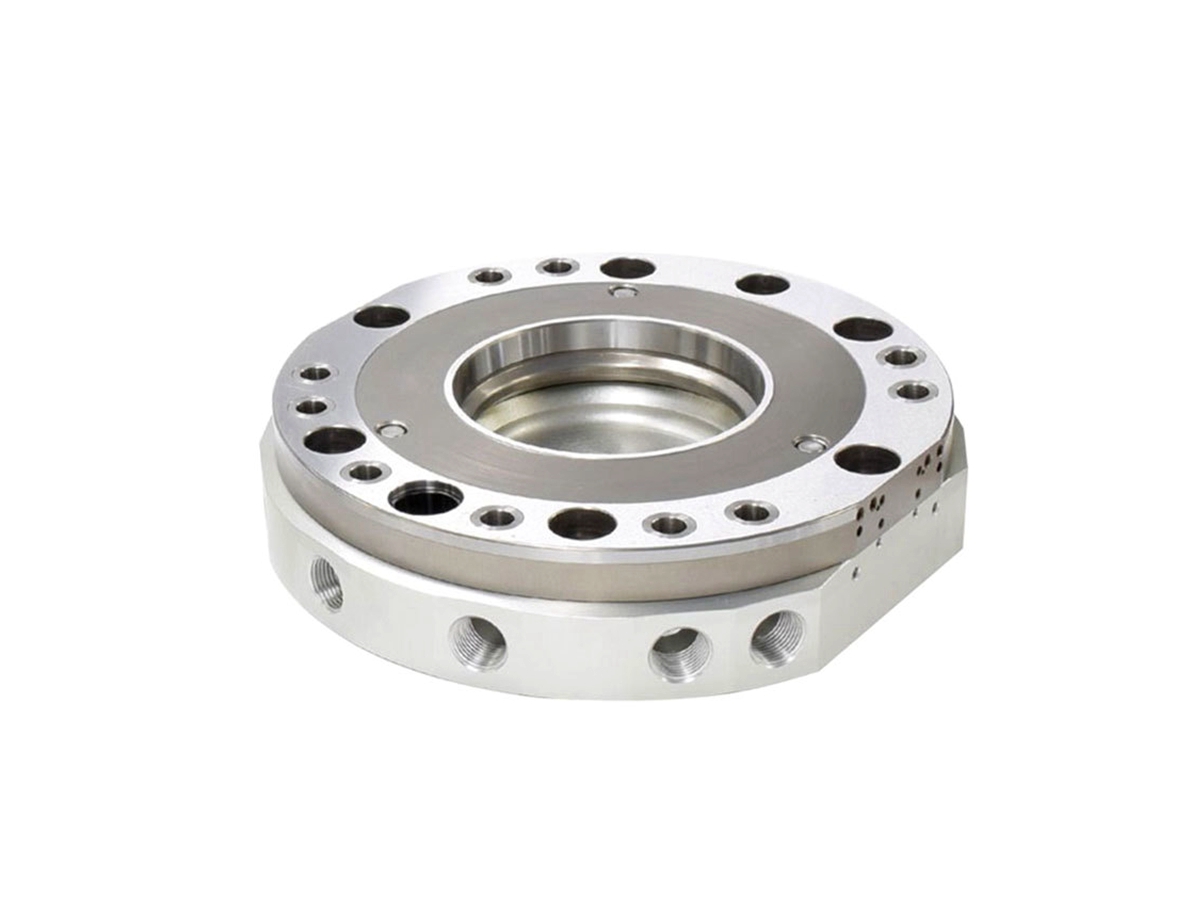The Role of CNC Grinding in Automotive Parts Production: A Look at Stainless Steel and Aluminum
Precision Manufacturing for High-Performance Vehicles
Modern automotive components demand micron-level accuracy and durability under extreme conditions. CNC grinding services achieve ±0.003mm tolerances and Ra 0.1μm finishes on stainless steel and aluminum, critical for engine valves, turbocharger shafts, and brake components. These materials account for 65% of powertrain components due to their balance of strength, weight, and corrosion resistance.
The rise of electric vehicles (EVs) and lightweighting trends has driven demand for multi-axis CNC machining. From SUS440C stainless steel bearing races to Aluminum 7075-T6 suspension arms, precision grinding ensures optimal performance while meeting IATF 16949 automotive standards.
Material Selection: Performance-Driven Alloys
Material | Key Metrics | Automotive Applications | Limitations |
|---|---|---|---|
1,900 MPa UTS, 60 HRC | Turbocharger shafts, bearing races | Requires passivation for salt spray resistance | |
310 MPa UTS, 17% elongation | EV battery housings, control arms | Limited to 150°C operating temperatures | |
485 MPa UTS, 16% Cr-Ni-Mo | Exhaust flanges, fuel injectors | Lower hardness vs. 440C | |
572 MPa UTS, 11% elongation | Driveshafts, suspension knuckles | Susceptible to stress corrosion cracking |
Material Selection Protocol
High-Wear Engine Components
Rationale: 440C stainless steel hardened to 60 HRC withstands 15,000 RPM turbocharger speeds. Post-grinding PVD CrN coating reduces friction by 40%.
Validation: SAE J404 mandates 440C for valve train components in high-performance engines.
Lightweight EV Structures
Logic: 6061-T6 aluminum reduces battery enclosure weight by 35% vs. steel while maintaining 200 MPa crush resistance.
CNC Grinding Process Optimization
Process | Technical Specifications | Automotive Applications | Advantages |
|---|---|---|---|
0.002mm roundness, 800mm max length | Camshaft journals, wheel hubs | Achieves 0.005mm/m taper | |
0.001mm flatness, Ra 0.1μm | Brake caliper mounting surfaces | Eliminates manual finishing | |
1-100mm diameter, ±0.005mm tolerance | Fuel injector pins, valve stems | High-volume production (500+ pcs/hr) | |
0.01mm profile accuracy, 10,000 RPM | Gear-cutting tools, broaches | Extends tool life by 300% |
Process Strategy for Turbocharger Shafts
Rough Grinding: CBN wheels remove 0.6mm stock at 150 m/sec under coolant.
Heat Treatment: 1,050°C oil quenching + -73°C cryogenic treatment.
Finish Grinding: Diamond wheels achieve Ra 0.08μm on 8mm journals.
Surface Enhancement: Laser hardening for 62 HRC surface hardness.
Surface Engineering: Enhancing Automotive Performance
Treatment | Technical Parameters | Automotive Benefits | Standards |
|---|---|---|---|
25μm thickness, 400 HV hardness | Protects EV battery trays from road salt | MIL-A-8625 Type III | |
0.3mm Almen intensity, 200% coverage | Extends suspension spring life by 2x | SAE J443 | |
Ra 0.05μm, 15μm material removal | Reduces fuel injector flow variation | ASTM B912 | |
WC-17Co, 0.2mm thickness | Protects piston rings from abrasion | ISO 14923 |
Coating Selection Logic
Brake Systems
Solution: Hard-anodized 6061-T6 calipers withstand 800°C fade tests per SAE J2521.
Exhaust Components
Method: Plasma-sprayed Al₂O₃ coatings on 316L stainless reduce thermal fatigue in turbo manifolds.
Quality Control: Automotive Industry Validation
Stage | Critical Parameters | Methodology | Equipment | Standards |
|---|---|---|---|---|
Hardness Testing | 58-62 HRC for 440C steel | Rockwell C scale | Wilson 574 | ASTM E18 |
Dimensional Inspection | 0.005mm cylindricity | Laser scanning | Hexagon Absolute Arm | ISO 12180 |
Fatigue Testing | 10⁶ cycles @ 90% UTS | Servohydraulic test rig | Instron 8802 | SAE J1099 |
Salt Spray Resistance | 1,000 hours @ 5% NaCl | Cyclic corrosion chamber | Q-Fog CCT600 | ASTM B117 |
Certifications:
IATF 16949:2016 with PPM <50 for critical components.
ISO 9001:2015 compliant measurement systems.
Industry Applications
Turbochargers: 440C stainless shafts + PVD CrN coating (3μm thickness).
EV Battery Enclosures: 6061-T6 aluminum + anodizing (30μm Type III).
Transmission Gears: 20MnCr5 steel + shot peening (0.25mm Almen).
Conclusion
Precision automotive CNC grinding services enable IATF 16949-compliant production with 99.7% first-pass yield. Integrated one-stop manufacturing reduces lead times by 30% for high-volume automotive components.
FAQ
Why is 440C stainless used for turbocharger shafts?
How does anodizing protect EV battery trays?
What standards apply to automotive grinding processes?
Can CNC grinding handle high-volume production?
How to prevent aluminum stress corrosion?

